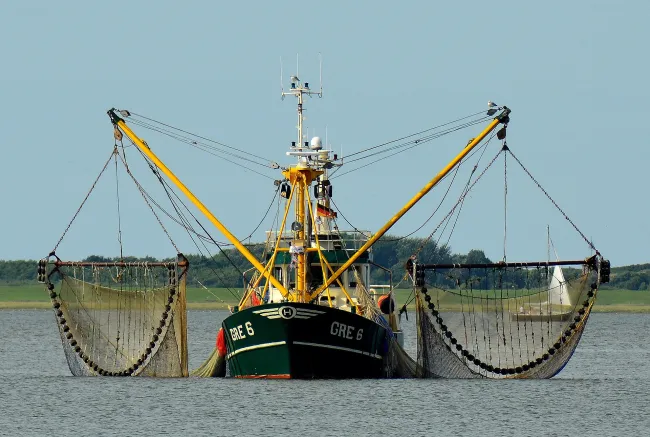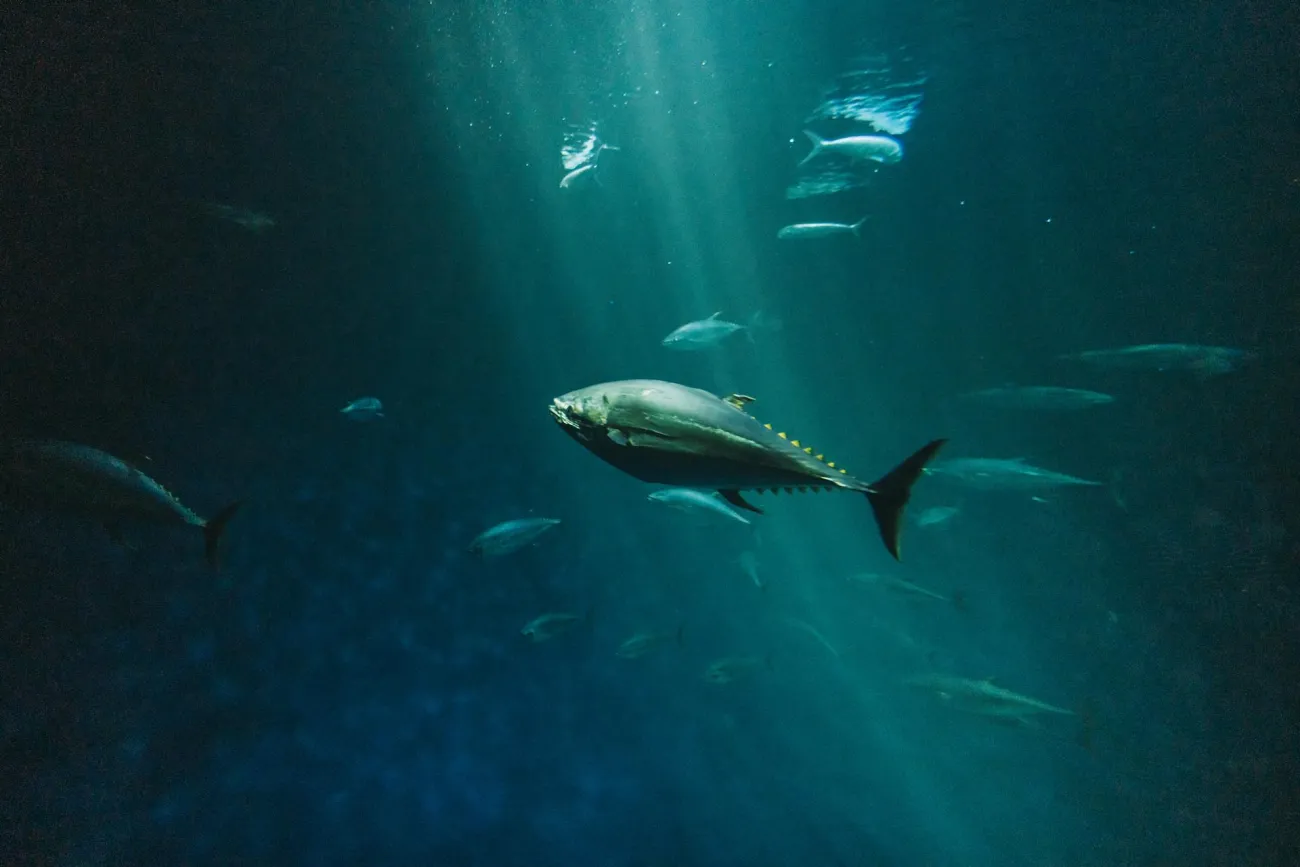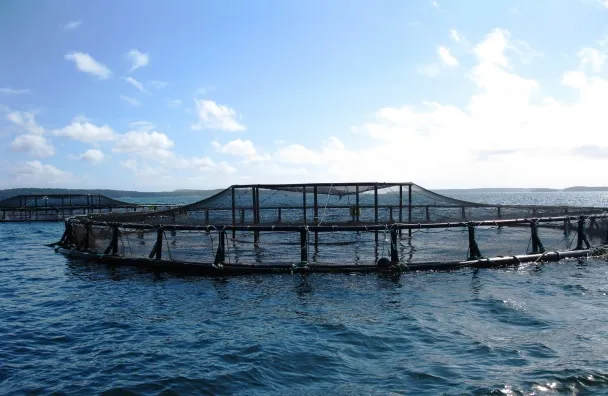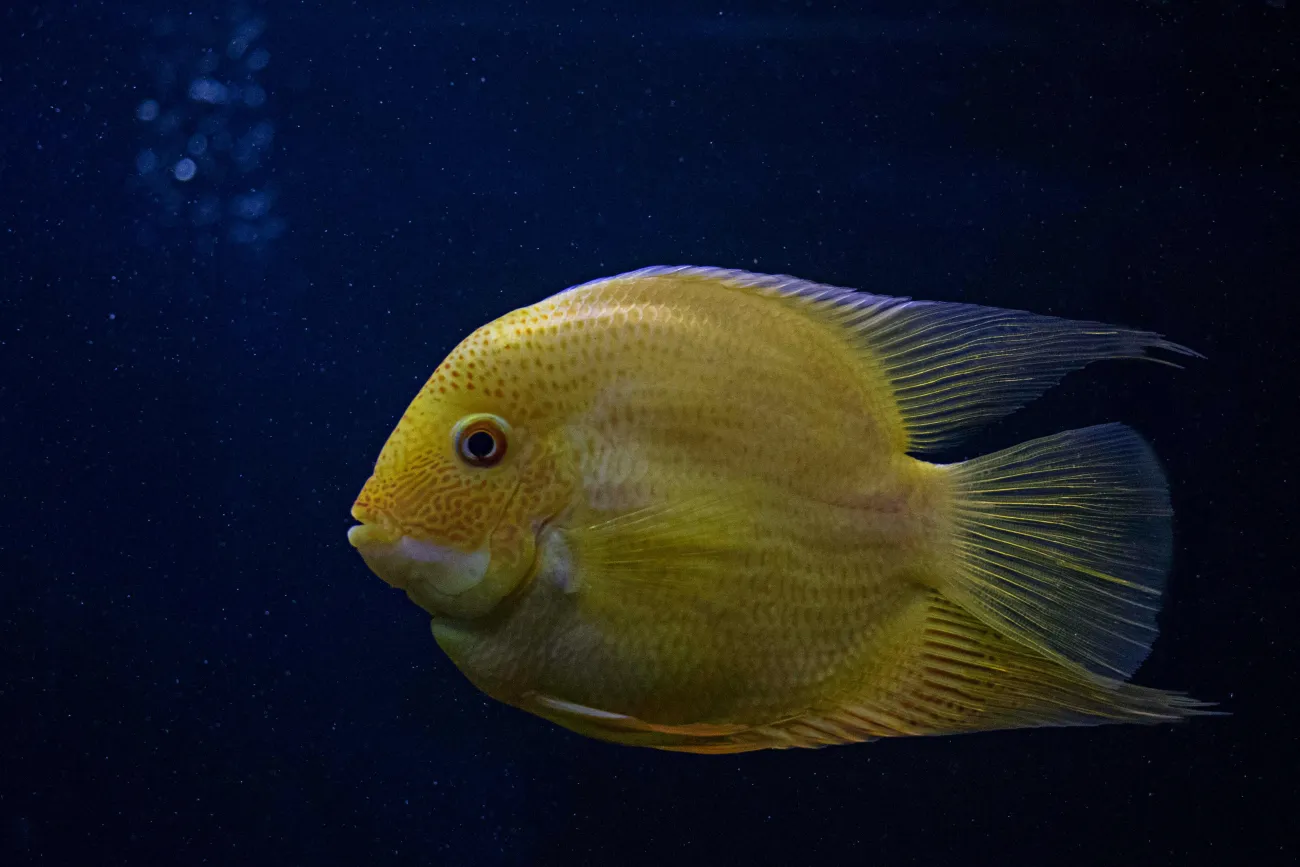The World Wide Fund for Nature (WWF) hopes to use blockchain technology to make the entire seafood supply chain traceable. Working with tech startup TraSeable, fishing company Sea Quest and blockchain company Viant, WWF is running a pilot project to trace tuna through the supply chain by tagging catches with radio-frequency identification chips and QR codes - which can be scanned by a mobile phone.

The chips and codes would be linked to a blockchain-based platform that stores information such as species, weight, location, vessel ownership and worker identities. This might help to reduce fraud, such as one species of fish being passed off as another, and combat slave labour or poor working conditions.
While the blockchain is supposed to be tamper-proof (read more about the technology here), it is not clear what would stop incorrect information being recorded in the first place, or whether a chip associated with one batch of fish could be swapped onto another, fraudulent, batch of fish. Alfred Cook, Western and Central Pacific tuna programme manager at WWF, said, “You’re never going to eliminate the potential for fraud and malfeasance.”
Read the full story here and view a video about the project here. See also the Foodsource resource How do food systems affect fish stocks and marine habitats?




Comments (0)